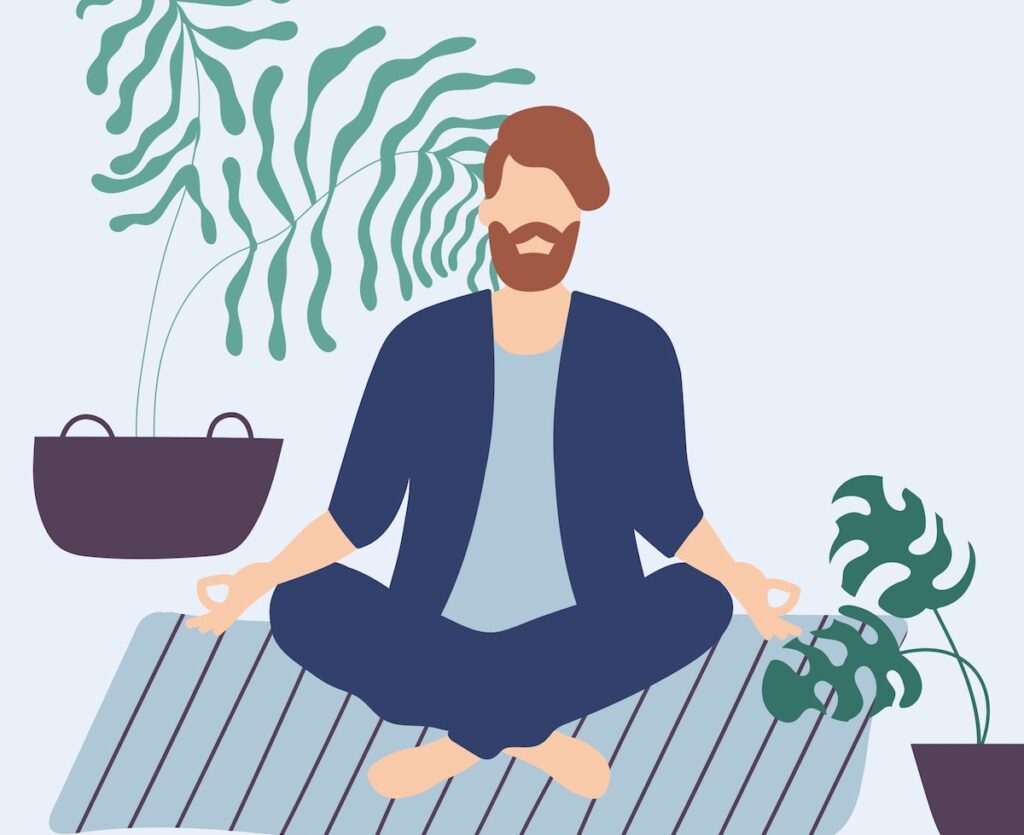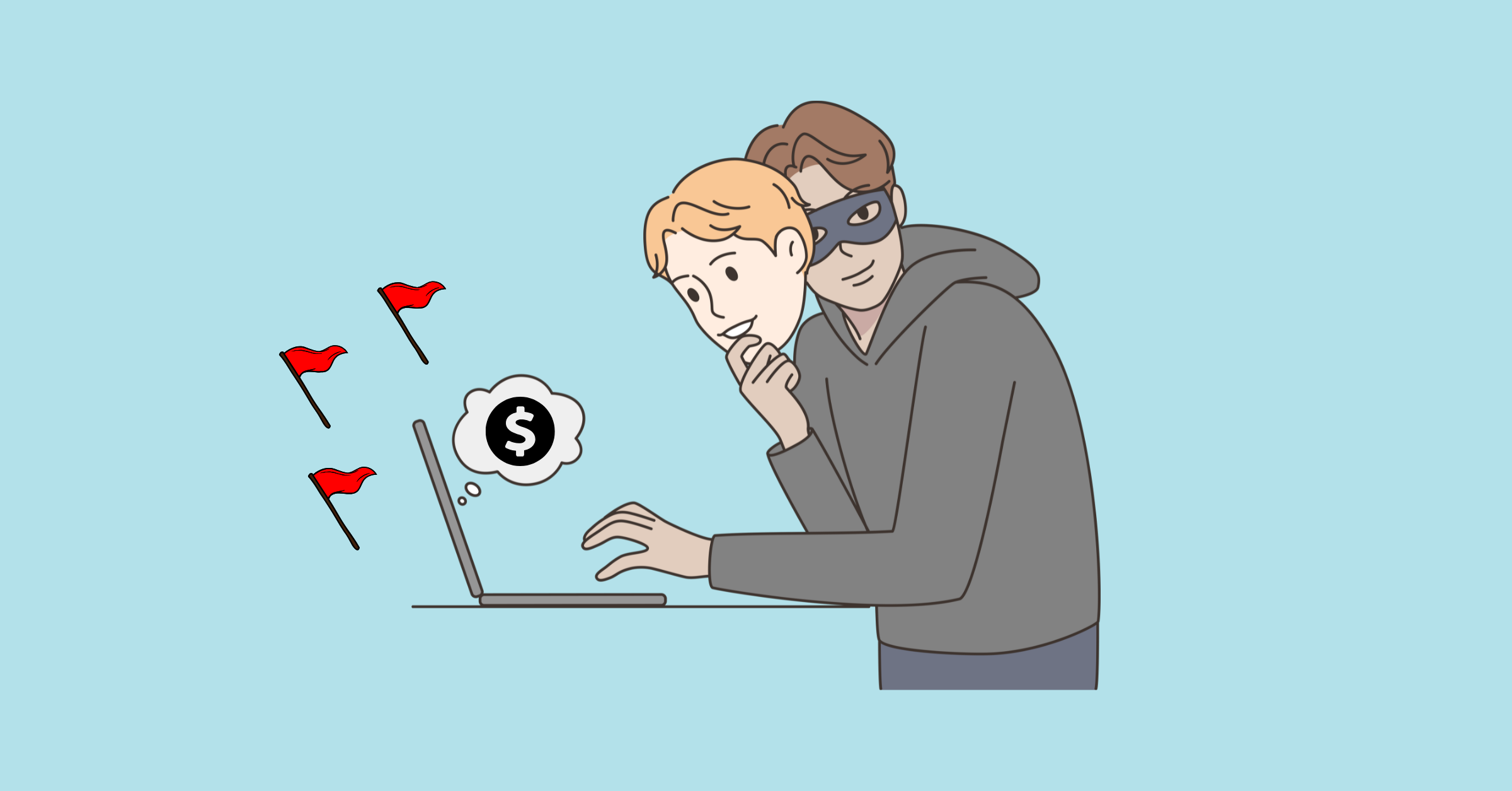Maybe getting that work out in is a little harder when you don’t have to stop at the gym on your way home. Maybe not having weights is a bummer. Maybe you’ve lost the will to move physically more than is absolutely necessary. Never fear! We have a list of body weight exercises so you can mix and match your way to a quick yet efficient workout.
Short workouts in between work sprints may actually be even better than one longer sweat sesh at the gym. A short HIIT (or high-intensity interval training) sesh will burn more fat, make you stronger, and up your cardio more efficiently than a longer steady state workout. One study shows that HIIT training is five times more efficient than endurance training, and there are plenty of exercises you can combine that don’t require equipment.
Other benefits to short workouts include less post-workout fatigue and hunger, fewer cravings for sweets, and maybe even an elimination of that afternoon coffee. Plus, a midday workout can help reduce stress and anxiety, which we can all use help with right about now. Let’s get to it.
How to create your set:
Choose one exercise from each section below. 60 seconds on 10 seconds rest. You can repeat 2-3 times for a 15-minute workout. Sometimes getting over that first 5 minutes will get you in the mood, so if you want to keep going to a full hour, HIIT it, killer! (I am both sorry and not sorry for that dad joke.)
If you want to build longer sets, you can choose your own range with the Tabata style combo below:
45-60 seconds ON
10-20 seconds OFF
x5
20-60 seconds REST
Repeat 5-12 times for a 30-75min workout
You can use a timer to help you keep track of time. I use the app Seconds because the only thing that can get me to push myself right now is a robot telling me to.
Keep reading for a list of exercises to mix and match, as well as a demo video wherein I show you all my favorite sweet moves.
Warm Up
Add these movements before you begin as a bonus for better mobility.
Crescent Lunge: Use padding under the knee if you need to and activate your glutes to get a deeper stretch in the hip flexors.
Plank to Low Lunge: Activate the core by lifting the pelvic floor, then step teach foot forward with control to open up that hip mobility.
Downward Dog to Plank: This exercise give you core activation plus spinal movement to warm up the whole torso.
Jumping Jacks: Nothing like the old-fashioned standby to get the heart rate going. Make sure to land softly by moving ball to heel to protect your knees. You can also march in place for a low impact option.
Lower Body
Lunges: The trick with lunges is alignment. Get the knee hovering just above the floor if you can, creating two right angles with the legs. You can perform these stationary, walking throughout the house, or back and forth.
Side lunges target the inner thighs and can be really useful to target those stabilizers.
Curtsey lunges can help target the glutes more specifically and help to address imbalances.
To add some intensity, jump lunges can spike your heart rate quickly. Be careful not to advance to these until you’ve got the alignment and stability portion in check. Otherwise, you could hurt yourself.
Squats: Stand with your hips slightly further apart than your hips with feet slightly turned out and squat down past your knees if possible. The deeper you go, the more range of motions you work, the stronger you’ll get.
You can also work on sitting back into a chair if squatting past the ankles is challenging. It’ll strengthen the basics so you can build.
To go stationary, try a wall sit. Back to the wall, thighs parallel to the floor, knees over ankles. When it burns and you’re trembling, you’ll know it’s working.
Finally, for more intensity, go for jump squats by launching yourself up from the bottom of your squat. Make sure to land on your toes first to absorb the shock and protect your knees (like with jumping jacks).
Bridge: Drive the heels down to lift your hips. You can repeat the full range of motion, hold, or pulse.
To go further you can lift one leg up and down or pulse the opposite side with the leg lifted.
Leg Lift: There are tons of leg lifts out there, but two I find that really help isolate the glutes. First, a pulse in a slight arabesque. Second, a clam variation that lifts the feet to give a slight internal rotation followed by a leg extension.
Upper Body
Push Ups: Elbows in or out it’s your choice. (Out will be a standard pushup. In gives you that yoga-style chaturanga push up.) You can also lower the knees if you find yourself sacrificing form.
Take it up a notch with diamond pushups to get more tricep action.
Take it up several notches by adding a dynamic clap at the top.
Handstands: Practicing handstands against the wall can be super fun. L-shape or jumping up against the wall are two great options, especially when you don’t have weights to get into the core.
You can also walk forward and back to push the shoulders to fatigue and activate the core stabilizers.
Scapular Retraction: This one may require some weight or a resistance band for you to feel something. Rows or reverse flies can be helpful and water bottles can be just as good as weights. (I’ve even seen people use bags of books. I have personally used a ladder before. Get creative!)
Core
Planks: On your hands or forearms — what’s most important here is to hold steady and not let the hips or shoulders sink. Be sure to breathe and lift the pelvic floor to let the core feel sturdy.
You can work on side planks instead and lift one leg for an extra challenge, or rotate for a crunch.
For something more dynamic, try plank jacks!
Twists: You can use weight here as an option as you twist from side to side and leave the feet on the floor or lift them for a challenge.
Roman Deadlift: Another stabilizer, this enhances balance and will work the core and lower back. Lean forward keeping the spine long as you lift one leg behind you. The big challenge here is keeping your hips square.
Superman: This one is a little more targeted for the low back as you lift, hold, and release.
You can move continuously with Swimmers as a variation.
Full Body
Mountain Climbers: Tuck each knee into the chest, working hip mobility, legs, arms and core.
Burpees: The best, and also the worst. You can jump at the top or reach your arms up. You can jump to the top of a push up or step back. You can perform a full push up, knees lowered push up, or just hold plank for a beat. Either way, this will be the hardest minute of them all, probably.
Bear Crawl: Keeping the knees as low to the ground as possible, you’ll want to crawl forward and backward. You can also hold in place in between movements.
Cardio
Stairs: If you have stairs in your house, running (or honestly just walking regular style) up and down them is a great way to get your heart rate up!
Step Knee to Elbow: Take two steps and then crunch that knee to your elbow alternating sides. This one requires a bit of rhythm and coordination and can be super fun.
Roundhouse Kicks: Great for hip rotation this move gets you as much cardio as force you put into it. Make sure there are no children, pets, or sharp objects around.
Jab and Cross: Your standard one two punch can be done stationary to give the core more focus or you can move your feet forward and back to channel your inner Rocky/Creed for shadow boxing.
Butt Kicks: Almost like jogging in place, these will help you contract you hamstring. They’re often used as a running warm up.
High Knees: Keep your hands above your hips to make sure you really reach. You can also march in place for a low impact version.
Star Jacks: This is a more dynamic version of jumping jacks where you jump into a star formation and land crouching.
BONUS
DANCE! You don’t need instructions for this one. Just make a playlist of your favorite 2-3 songs and go crazy until it’s over. You can catch your break between songs. This will not only get your heart rate up, but dancing can be a major mood booster. You can also replace the cardio category with DANCE!
About the author.
Alessandra is the mentor, educator, and writer behind Boneseed, a private practice devoted to deep self-inquiry through a range of physical, energetic, and mental modalities. She has over 500 hours of yoga, mentorship, and facilitation training and can be found slinging knowledge on her website, newsletter, and @bone.seed




